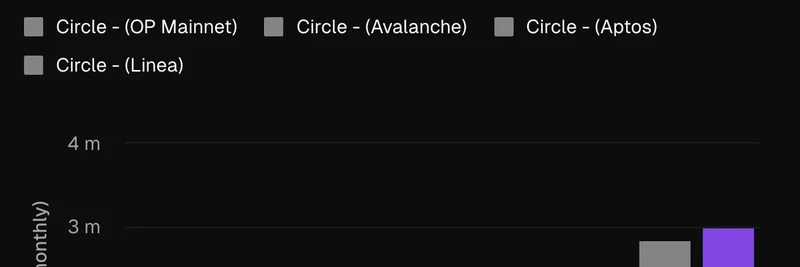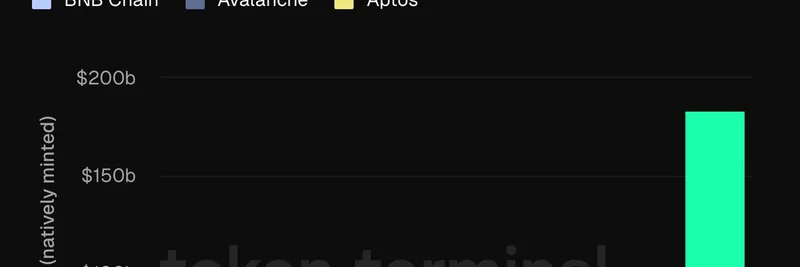In the fast-paced world of cryptocurrency, where meme tokens thrive on hype and quick launches, security remains a constant concern. Recently, a tweet from crypto commentator MartyParty (@martypartymusic) stirred up debate by labeling a high-profile wallet drain as yet another "Ethereum exploit." Let's dive into what happened, why it matters, and how it impacts the meme token ecosystem.
The Incident: A Seasoned Developer's Close Call
The story starts with Zak (@0xzak), a crypto veteran with over a decade in the industry and a spotless security record—until now. In a detailed Twitter thread (view the full thread here), Zak revealed how his wallet was drained after installing a seemingly legitimate VS Code extension called "contractshark.solidity-lang" while using Cursor AI, a popular AI-powered coding tool.
Cursor AI is an extension of Visual Studio Code (VS Code), beloved by developers for its intelligent code suggestions. However, this incident exposed a sneaky supply chain attack. The malicious extension, disguised as a helpful Solidity language tool (Solidity is the programming language for Ethereum smart contracts), quietly accessed Zak's .env file—a common place to store sensitive info like private keys—and sent it to the attacker's server.
The drain happened three days later, but thanks to Zak's rigorous operational security (OpSec) practices—like using segregated hot wallets with minimal funds and keeping main assets in hardware wallets—he only lost a few hundred dollars in ETH. Without these safeguards, the damage could have been catastrophic.
MartyParty's Take: Ethereum as "Legacy Infrastructure"
Quoting Zak's thread, MartyParty didn't mince words: "Another @ethereum exploit - same tactics - biggest risk in our industry. Not antifragile. Not meant for production. Rushed. Brittle. Everything a CTO avoids." (original tweet). He argues that Ethereum's ecosystem is inherently fragile, prone to these kinds of exploits due to its rushed development and brittle nature.
Antifragile, a term popularized by Nassim Nicholas Taleb, refers to systems that get stronger under stress—think of it as the opposite of fragile. MartyParty suggests Ethereum falls short here, labeling it "legacy infrastructure" unfit for serious production use. This critique resonates in a space where meme tokens, often built on Ethereum or its layer-2 solutions like Base or Arbitrum, rely on secure smart contracts to avoid rugs or exploits.
Why This Matters for Meme Token Enthusiasts
Meme tokens, from Dogecoin-inspired pups to viral cats, are the wild west of crypto. They're quick to launch, often via tools like Solidity in VS Code, making developers prime targets for such attacks. If a meme token creator gets hacked, it could lead to drained liquidity pools, stolen funds, or compromised launches—eroding trust in the project.
This incident underscores broader risks in the meme token space:
- Supply Chain Attacks: Malicious extensions or packages (like the fake "solsafe" npm package mentioned) can infiltrate dev environments undetected.
- Rushed Development: Meme coins often prioritize speed over security to capitalize on trends, mirroring the "rush to ship" that caught Zak off guard.
- OpSec Essentials: For meme token builders, using hardware wallets (e.g., Ledger or Trezor), avoiding .env files for keys, and verifying extensions via GitHub repos are non-negotiable.
Zak's thread provides actionable advice, like auditing extensions with commands such as code --list-extensions and moving to encrypted vaults for secrets. For meme token traders, this is a reminder to revoke token approvals regularly using tools like Revoke.cash and to stick with audited projects.
Lessons Learned and Moving Forward
While MartyParty's harsh words on Ethereum might spark chain wars—Solana advocates often tout their chain's speed and resilience as alternatives—this hack isn't chain-specific. The extension targeted Solidity devs, but similar vulnerabilities exist across ecosystems.
In the meme token world, where community and virality drive value, transparency about failures builds resilience. Zak's willingness to share his story, despite the embarrassment, helps everyone level up their security game. As meme insiders, staying vigilant against these threats ensures we can keep the fun in fundamentals without the fear.
If you're building or trading meme tokens, take a moment to review your setup today. After all, in crypto, paranoia pays off. Stay safe out there!



